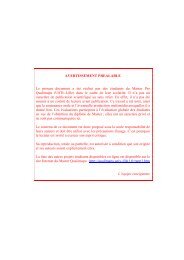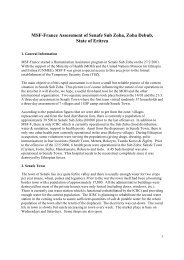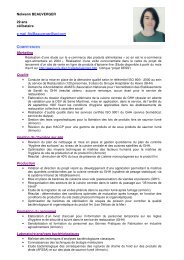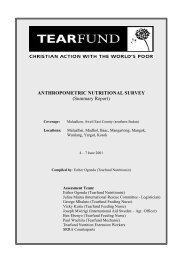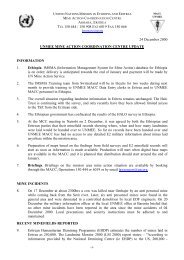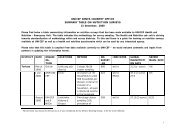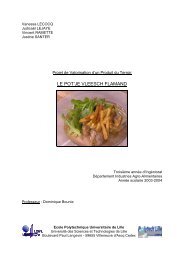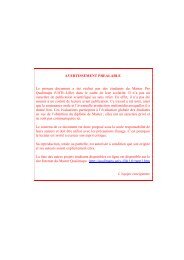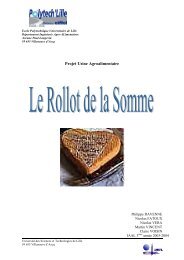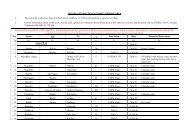ODO SHAKISO WOREDA (BORENA ZONE) - PFEDA / Page d ...
ODO SHAKISO WOREDA (BORENA ZONE) - PFEDA / Page d ...
ODO SHAKISO WOREDA (BORENA ZONE) - PFEDA / Page d ...
You also want an ePaper? Increase the reach of your titles
YUMPU automatically turns print PDFs into web optimized ePapers that Google loves.
3.2 Vaccination and Health Status in the Studied Children<br />
The EPI coverage is grouped into two categories; those households that have reported<br />
to have kept the EPI card (11.7%, N=81) and who had no card and responded verbally<br />
(88.3%, N=613). The results indicate that the combined universal coverage of<br />
completion of vaccination totals to 33.1% (N=230 out of 694 total children) (Table C1).<br />
As regards the health status of the studied children in the last 15 days prior to the<br />
survey, the caretakers have reported that 318 (45.8%) out of 694 children were ill. This<br />
is a high level of ill health. Detailed results (Table C2.) show that 45.6% (N=145), 21.4%<br />
(N=68) and 32.7% (N=104) were suffering from fever, diarrhoea, and malaria,<br />
respectively. Prevalence of repeated measles and malarial attacks have been reported<br />
by a number of households and these reports are in agreement with the statements of<br />
officials of local health institutions.<br />
Diarrhoea alone accounted for more than 45% in children indicating a high pattern of<br />
malnutrition. The predisposition of malnutrition to mass diarrhoea in children is common<br />
observation during such food shortages. Attacks of malaria are equally alarming. The<br />
area is an epidemic proportion, currently.<br />
3.3 Socio-economics and Food Situation of the Interviewed<br />
Households<br />
• Head of Household and Household Size<br />
Among the interviewed and responded households (n=545), 91.0% (N=496) are<br />
headed by men while female-headed households are 9.0% (N=49). The reasons for<br />
being female head of a household varied from being widowed 67.9% (N=36), divorced<br />
15.1% (N=8), migrant husband 5.7% (N=3), to shared husband 9.4% (N=5) (Table D2).<br />
The mean household size in the Woreda is 6.8 and the ranges are given in Table D1 in Appendix D. More<br />
than 58% of the respondents constitute 6-13 people living under the same roof. No significant association<br />
was observed between household size and malnutrition level in correlation computations.<br />
6



